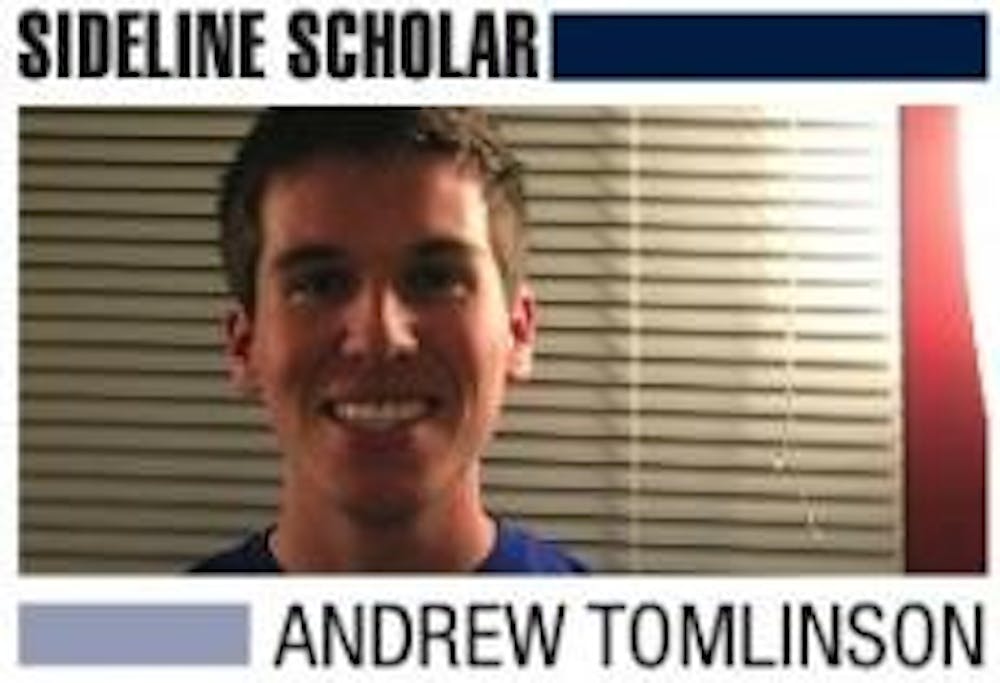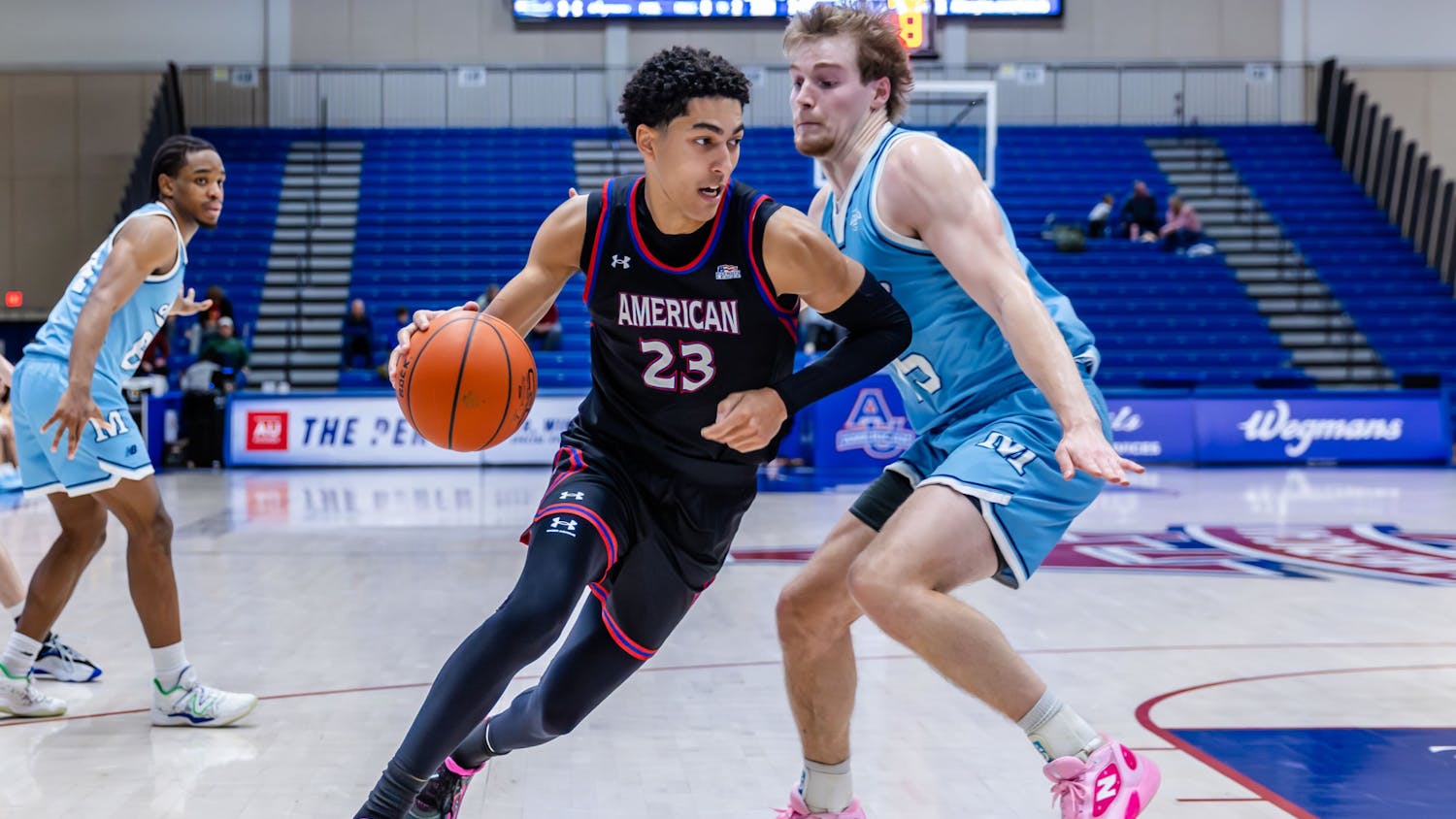This year's NCAA tournament has seen more near upsets this year than ever before, which may be a sign that the difference between a No. 1 seed and a No. 16 seed has become smaller, but in reality it is just a smokescreen.
On the first two days of the tournament, we saw Villanova University having to come back against a weak AU team and the University of Pittsburgh barely escape East Tennessee State University. These are just two of the many upsets and narrow escapes from the first weekend of play. A logical conclusion to pull from the first weekend then would be that the talent gap between the Division I elite and everyone else, has become smaller.
Even with all of these close games, the tournament still made history. It is the first time that all 12 top-three seeds in each region advanced to the Sweet 16. The only two teams that prevented all of the top seeds from advancing were Cleveland State University and Purdue University. If this is the first time in history that this is happening, are the lower seeds really closer - talent-wise - to the top seeds?
The simple answer to that question is no. If last year was the first year that all of the one seeds were in the final four and this year all 12 of the top-three seeds advanced to pool of 16, how could they be closer? It is almost like the close games and the pundit's analysis is just simply to create buzz.
It is easy to point to the close scores and buzzer beaters as a reason why the lower seeds are in fact closer to the top seeds, in reality though, does any of that stuff matter? In the tournament it doesn't matter how many three pointers you hit or free throws you make, it all comes down to whether you win or lose. In sports your effort can only get you so far and in the post season if that's all you have, it gets you nowhere.
All is not lost for the smaller schools however, since even with a loss in the tournament they have something they can build off of. Smaller and unknown schools have a season to build off of and a new one to look forward to. To them it is no longer about simply attempting to make the tournament. Each of these schools' goals now becomes winning in the tournament and this is where the difference between programs becomes a problem.
Small schools are unable to improve in such a one sided sport. Siena College had a successful tournament in their eyes and it will most likely increase their recruitment for next year. But in the long run when they are rarely able to advance further than the second round and they will struggle to keep getting top recruits. Top recruits most likely don't want to go to schools that fail to actually do anything year after year.
Dynasty universities and elite programs are an unfortunate side effect of the collegiate system. Both the basketball and football systems have created a seemingly unbreakable cycle. Good teams get more money and the best recruits. Since every factor is dependent on another, the cycle will not be broken for a long time.
Without something like a draft, which gives bad professional sports team an opportunity to get an all-American player, it won't be even. College will never be able to implement something like that and thus the cycle will continue.
You can reach this columnist at atomlinson@theeagleonline.com.





